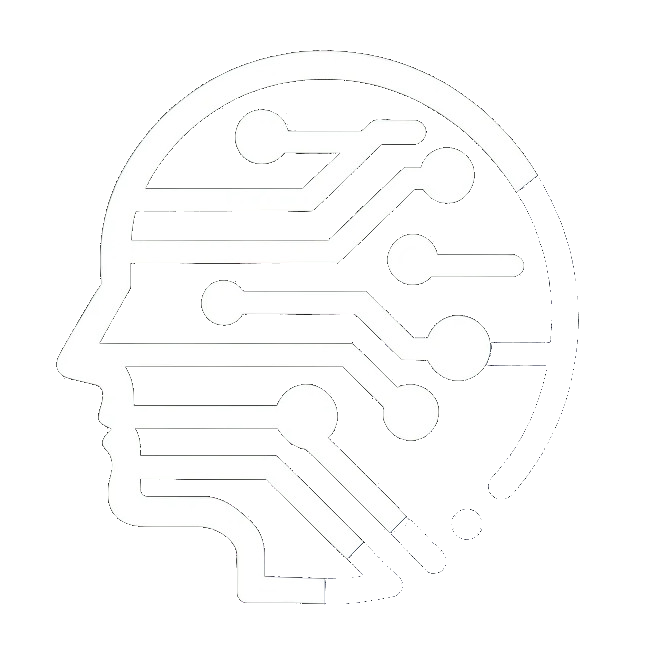When Machines Dream: The Hidden Power of Hallucinations
You might think that LLMs are bad because of hallucinations, but here I will explain that this is not true by drawing analogies from cognitive psychology and computational biology. You’ll get a new perspective on why LLMs are really powerful and how to think about using it in your day-to-day life effectively.
First, humans confabulate all the time. Some experiments that show this: in split-brains patients when the left hand moves in unexpected ways, the language centers will “invent” stories to explain its behaviour. Another example is the “blind spot” in our retinas, which the brain “fills in” based on surrounding information. This happens because the human mind is optimized for building self models that “make sense” and a big black spot in the middle of the vision will not be very helpful. This applies to LLMs as well.
If you really think about it, the “Self” model of LLMs is to produce coherent and contextually relevant responses, even in the absence of factual data. This is a really powerful tool because:
Enhances Creativity. LLMs are able to produce imaginative and novel content perfect for ideas and creative persons. Not only that, but a new study that investigates LLM novelty generation finds that: “LLM-generated ideas are judged as more novel than human expert ideas while being judged slightly weaker on feasibility”. A human in the loop is always a good idea.
Resilient Conversations: Most of our time is spent communicating, LLMs beat [almost] everyone at that. Which means you have a great conversationalist that can hopefully give you new insights.
To use it effectively, you will want to stay creative and use LLMs as creative tools for generating ideas and brainstorming problem solving rather than a static answering machine (Oracle).
Increase temperature when generating ideas. When sampling next tokens, LLMs divide their distribution by a constant, which is the temperature. If you increase the constant you flatten out the distribution, meaning that the LLM can now choose freely from so many other tokens in its vocab, making the system less predictable and more chaotic. If you want to know more about how to do this check out the Colab Notebook section down below .
This idea of confabulation or hallucination doesn’t stop here at LLMs or the human brain. In a recent paper on memory as a dynamic and adaptive process, the author suggests that the very mechanism responsible for hallucinations—bow tie architectures—is also what makes biological computation so robust and flexible. During the compression and decoding of data, the system creatively reimagines its future “self,” treating memory traces not as fixed truths but as adaptable resources.
Bow Tie Architecture Visualization

Consider these mind-blowing examples: Caterpillars retain certain memories through metamorphosis, even though their bodies and brains undergo complete transformation. Similarly, behavioral memory transplants show how memory engrams can be reinterpreted by a new biological system. Even more fascinating are the reported traces of memories observed in heart transplant patients.
Idea Generator LLM
Exploring ideas has never been easier. In my daily routine I have integrated an idea generator for LLMs that explores some of the topics presented in this article. This tool summarizes ideas from PDF articles and incorporates them into the creation of new concepts. You can access the notebook I used, as well as the referenced PDF papers.
Here is an idea produced by this notebook that I find interesting: Unbound AI with NeuroMorphic Computational Co-processing: Cognitive Neuroplasma.
Description: Picture artificial neural networks emerging from the interaction of evolving neuro-hacking strategies with biological substrata to realize unbound self-reproduction of cognitive intelligence using hybrid models from computational and developmental neuroscience. This hypothetical, hybrid computational substrate of evolving self-referential models could give rise to unshackled generative capabilities through 'brain-aided' AI neuroplasmacy.
References:
2. Can LLMs Generate Novel Research Ideas?
3. Personality Changes Following Heart Transplantation: The Role of Cellular Memory
These are - bits - small ideas, quickly written, fast to digest.
Subscribe to CogitoMachina
You’ll periodically receive articles about futuristic ideas related to artificial intelligence, the human mind, neuroscience, and consciousness.


